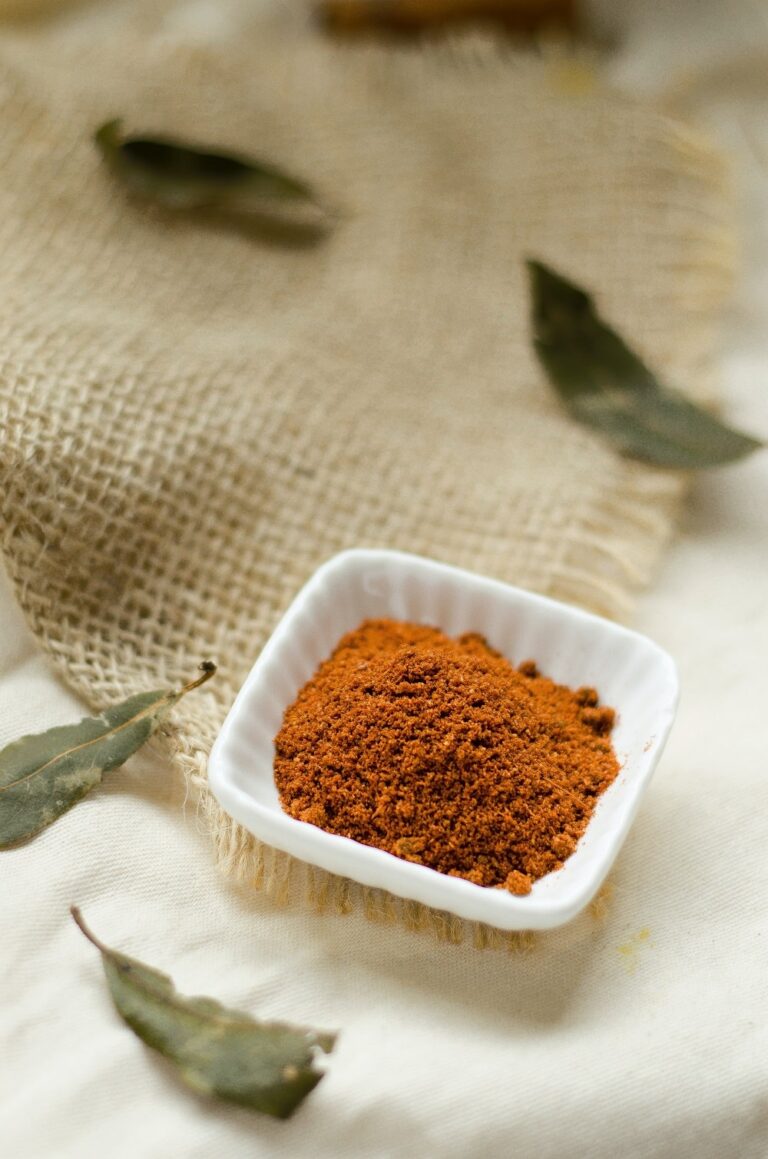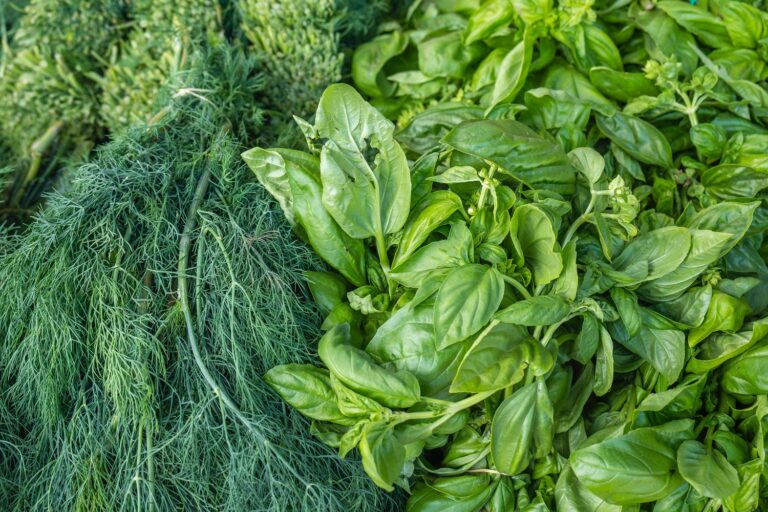Make your own yogurt
Yogurt has become a staple in many households, renowned for its creamy texture, rich flavor, and impressive health benefits. While store-bought yogurt is convenient, making your own at home is surprisingly simple and incredibly rewarding. Let’s explore how to make your own yogurt and the numerous benefits it offers.
The magic of homemade yogurt
Yogurt, especially Greek yogurt, is celebrated for its thick, creamy texture and slightly tangy flavor. It’s a versatile ingredient that can be enjoyed on its own, with toppings, or as part of various recipes. The allure of homemade yogurt lies not only in its superior taste, but also in the satisfaction of creating something delicious from scratch.

Flavor and texture
Homemade yogurt stands out for its unparalleled flavor and texture. Unlike some store-bought versions that can be overly tangy or watery, homemade yogurt offers a perfect balance of creaminess and mild tanginess. You have complete control over the consistency, allowing you to create yogurt that’s as thick or as smooth as you prefer.
Versatility
One of the greatest strengths of yogurt is its versatility. It can be enjoyed plain, with a drizzle of honey, fresh fruits, or nuts. My perfect serving of yogurt is, as shown in the video, with some homemade berry jam. Yogurt is also an excellent base for smoothies, parfaits, and dips. But it can also be used in savory dishes, such as tzatziki sauce, or as a substitute for sour cream and mayonnaise in recipes.
Make your own yogurt: how the magic happens
Understanding the science behind yogurt creation helps appreciate the transformation from milk to this creamy delight. Here’s a deeper look into the process:
Fermentation
The process begins with fermentation, where milk is heated and then cooled to a specific temperature before adding live bacterial cultures. These cultures ferment the lactose in the milk, producing lactic acid. This acid causes the milk proteins to coagulate, forming yogurt. The fermentation process not only thickens the milk but also imparts the characteristic tangy flavor of yogurt.
Straining (extra step, if you want Greek yogurt)
Greek yogurt is essentially regular yogurt that’s been strained to remove excess whey, resulting in a thicker, more concentrated product. Therefore, what sets Greek yogurt apart is the straining process. After the fermentation, the yogurt is strained through a fine mesh or cheesecloth to remove the liquid whey. This step concentrates the solids, resulting in a thicker, creamier texture. The more whey you strain out, the thicker the yogurt becomes.
The ease of making your own yogurt
One of the most appealing aspects of homemade Greek yogurt is its simplicity. With a few basic steps and minimal equipment, you can create a batch of delicious yogurt in the comfort of your own kitchen. The recipe needs minimal ingredients, basic equipment and little effort.

The benefits of homemade yogurt
If you learn to make your own yogurt at home, you will take advantage of plenty of benefits beyond the delicious end product. From health advantages to cost savings and environmental impacts, homemade yogurt is a smart choice for any household.
Health benefits
Homemade yogurt is packed with nutrients and offers several health benefits:
- High protein content: Yogurt is rich in protein, which is essential for muscle repair and growth. The straining process concentrates the protein, making it an excellent choice for those looking to increase their protein intake.
- Probiotics: The live bacterial cultures in the yogurt are probiotics that promote gut health. They help balance the gut microbiome, improve digestion, and boost the immune system.
- Calcium and vitamins: Yogurt is a good source of calcium, which is crucial for bone health. It’s also rich in vitamins B2 and B12, which are important for energy production and maintaining healthy nerve cells.
- Lower sugar content: Homemade yogurt allows you to control the sugar content, avoiding the added sugars often found in store-bought varieties. This makes it a healthier option for those monitoring their sugar intake.
Cost-effective
Making yogurt at home is cost-effective. While the initial cost of ingredients may seem comparable to buying pre-made yogurt, the yield from homemade yogurt is typically higher. Over time, making your own yogurt can save money, especially if you consume it regularly.
Environmental impact
Homemade yogurt is an environmentally friendly choice. It reduces the need for single-use plastic containers that store-bought yogurt comes in. By making yogurt at home, you can significantly cut down on plastic waste, contributing to a more sustainable lifestyle. For example, I invested in 8 400g jars with snug lids, so when I make my 3 liter batch I get 7 full jars and 1 almost half-full. And no plastic!
Homemade Greek yogurt is a delicious, easy, and beneficial addition to any kitchen. Its rich, creamy texture and tangy flavor make it a versatile ingredient that can be enjoyed in countless ways. The process of making yogurt is straightforward and requires minimal equipment, making it accessible to cooks of all skill levels.
So get ready to make your own yogurt!
Homemade Greek yogurt
Course: Starter, DessertCuisine: MediterraneanDifficulty: Easy20
servings5
minutes20
minutes103
kcal25
minutesExperience the creamy, tangy delight of Homemade Greek Yogurt. Made by straining rich whole milk, this yogurt offers a luscious texture and a flavor that’s both mild and slightly tangy. Perfect for breakfast, snacks, or as a versatile ingredient in both sweet and savory dishes, homemade Greek yogurt is a nutritious and delicious addition to any meal. Enjoy it plain, with fresh fruits and honey, or use it to elevate your culinary creations.
Ingredients
3 liters, 3.5% fat, whole milk
125 grams high-quality store-bought, 10% fat, Greek yogurt
Directions
- Start by adding the whole milk to a pot over medium-low heat. Bring the milk to a boil and immediately stop the heat. Leave it aside to cool down until you can stick your pinky in it and the milk is lukewarm. Add the store-bought Greek yogurt, cover, and place in a warm, dark place, covered in a blanket, for about 20 hours.
- The next day, take the pot and place it in the fridge for about 5 hours so the yogurt can harden. Once chilled and hardened, take out the yogurt and divide it into the desired containers and portions. Enjoooy!
Notes
- This is, unfortunately, a trial-and-error process. We had some botched-up batches of milk before getting the right combination. Make smaller batches of yogurt until you get the perfect combination, then GO BIG!
- This yogurt is amazing on it’s own, especially on a hot day. It also pairs amazingly with fresh or dried fruits, nuts, honey, jams, and many more.
- The ratio is 1 tbsp of yogurt to 1 liter of milk.
If you’d like to test out other make your own recipes that are just as easy to make, click the Various category or click the Various tag from below.







